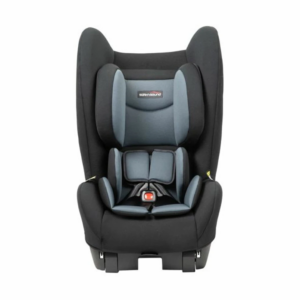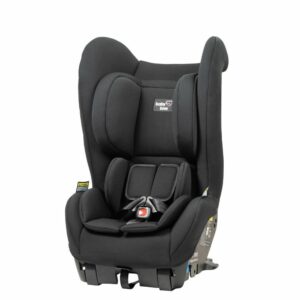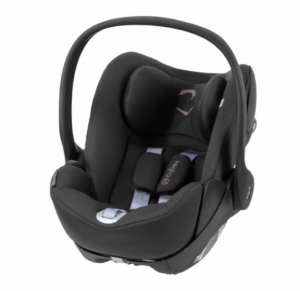If you have tiny humans in your care, you’ve no doubt got a list of the ‘essentials’ you need. Cot (or bassinet), pram, and car seat are the three biggies. But if you’re researching car seats, you’ve probably come across booster seats, too. What’s the difference between the two? What’s the safest option? And which one do you need for your child (or grandchild)?
Read on to see how we break down the difference between car seats and booster seats, so you can choose the one that’s right for your needs.




